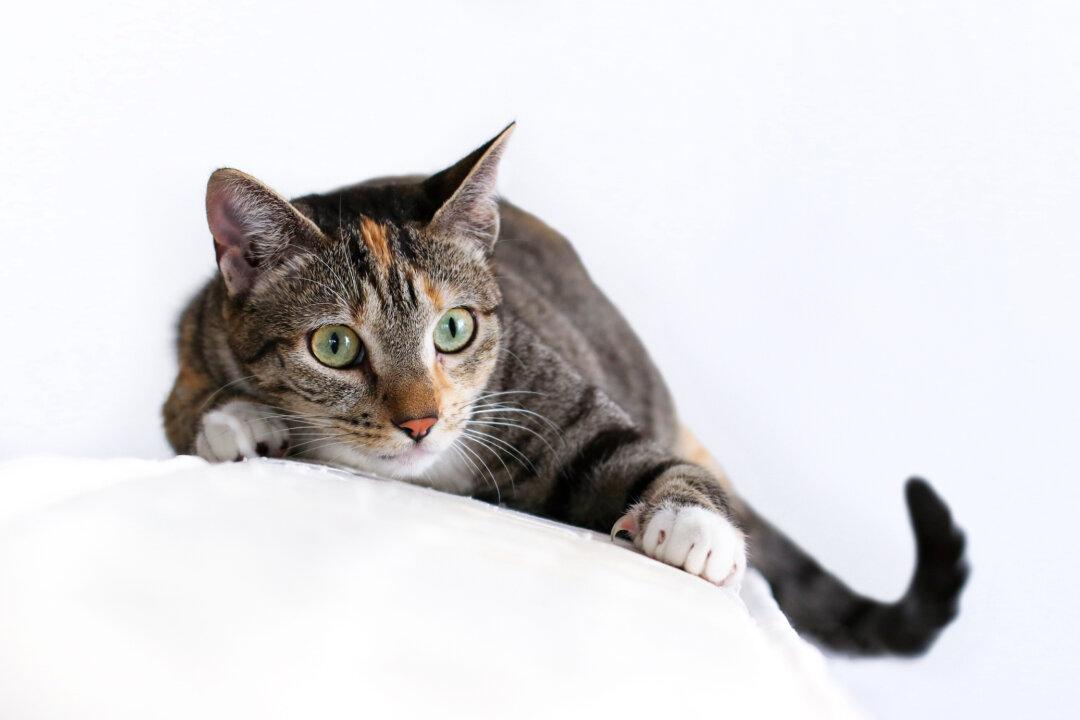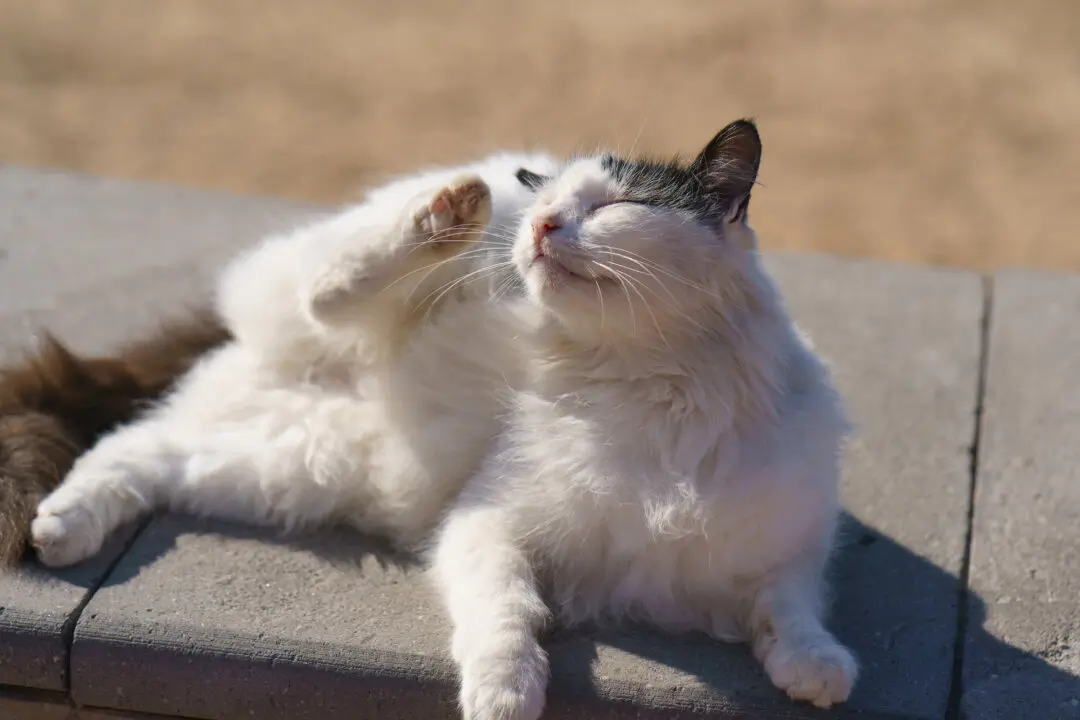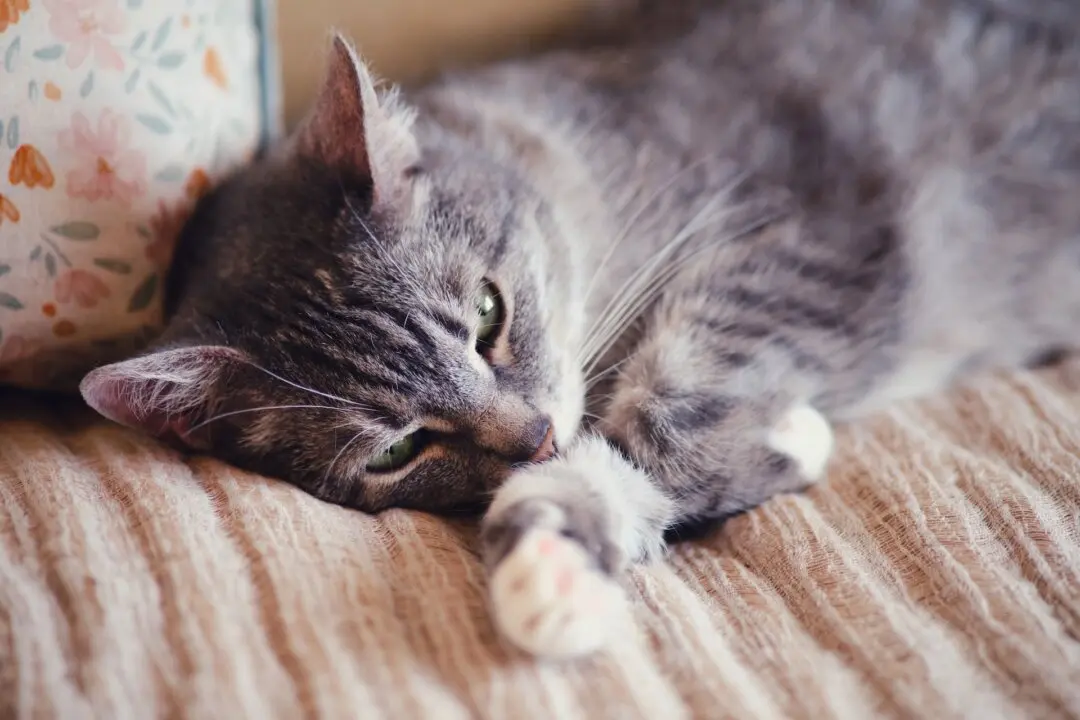Q: I was recently diagnosed with obsessive-compulsive disorder. I live with two normal cats, but I’ve been wondering whether cats can have OCD, too.
A: Yes, though veterinarians who specialize in behavior refer to the abnormal repetitive behaviors as “compulsive disorder,” or CD, since the word “obsessive” refers to thought patterns we can’t objectively evaluate in cats.





